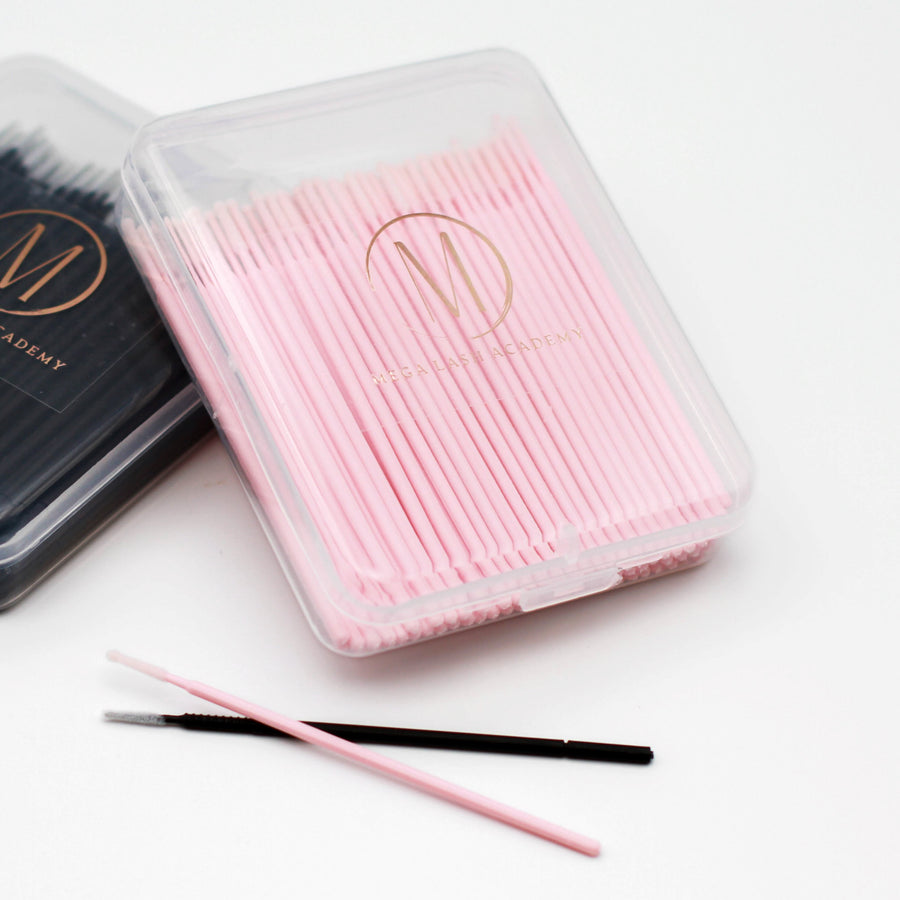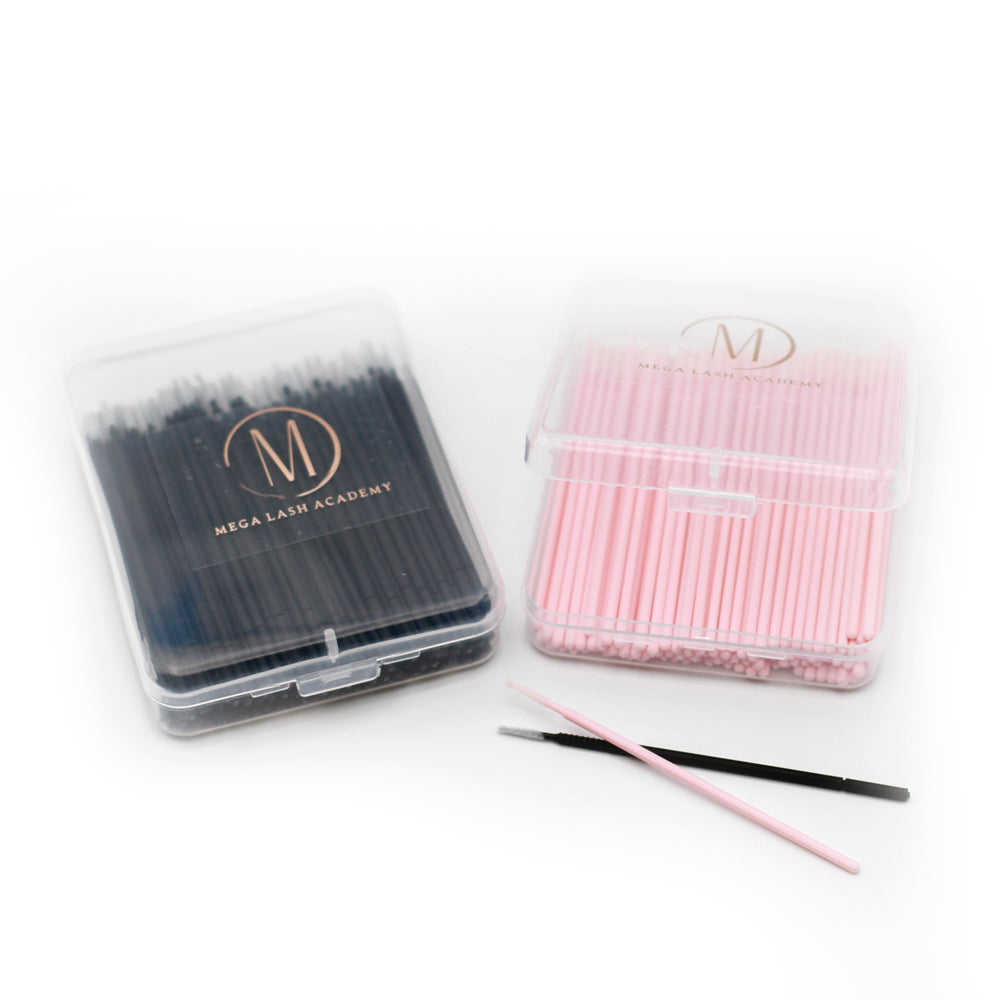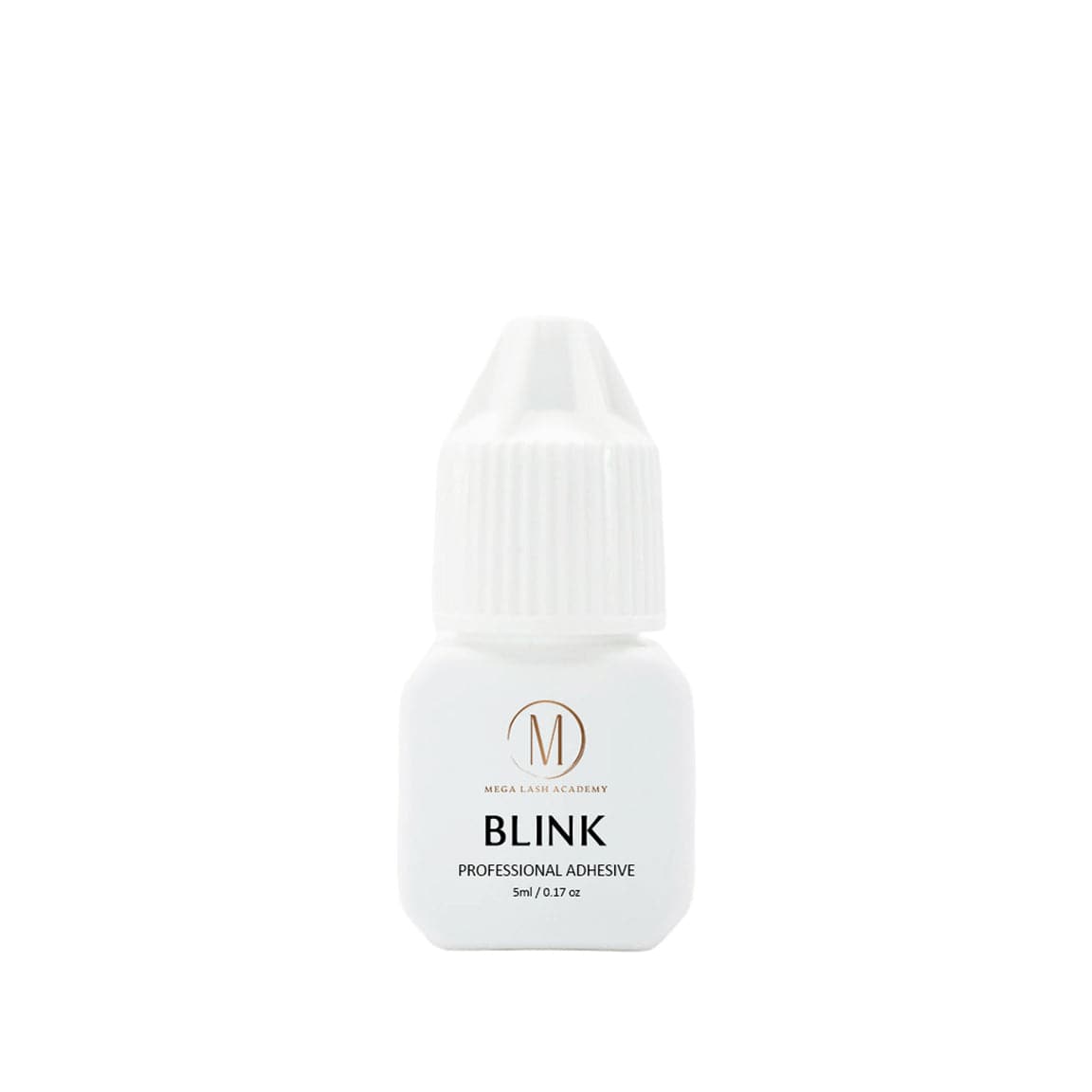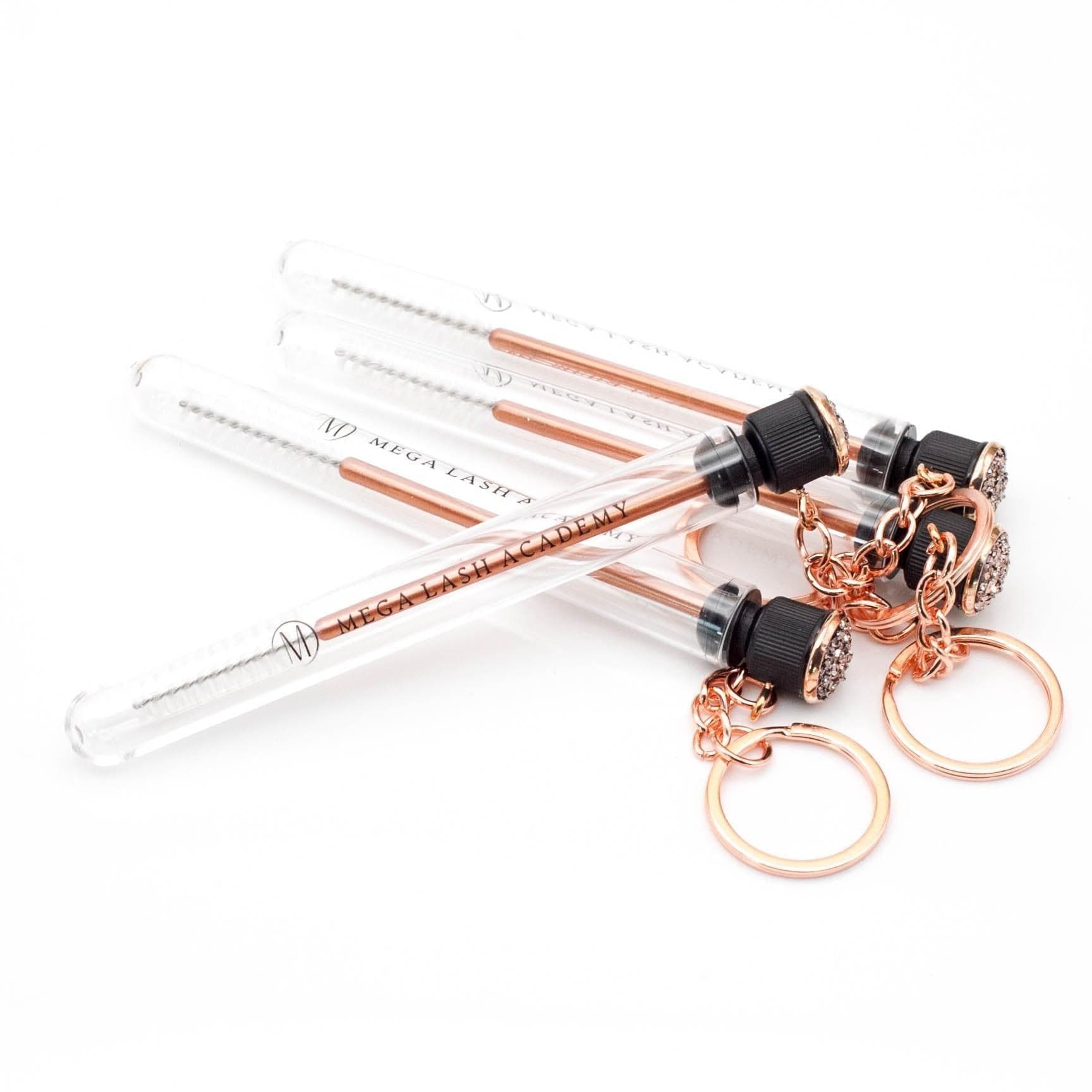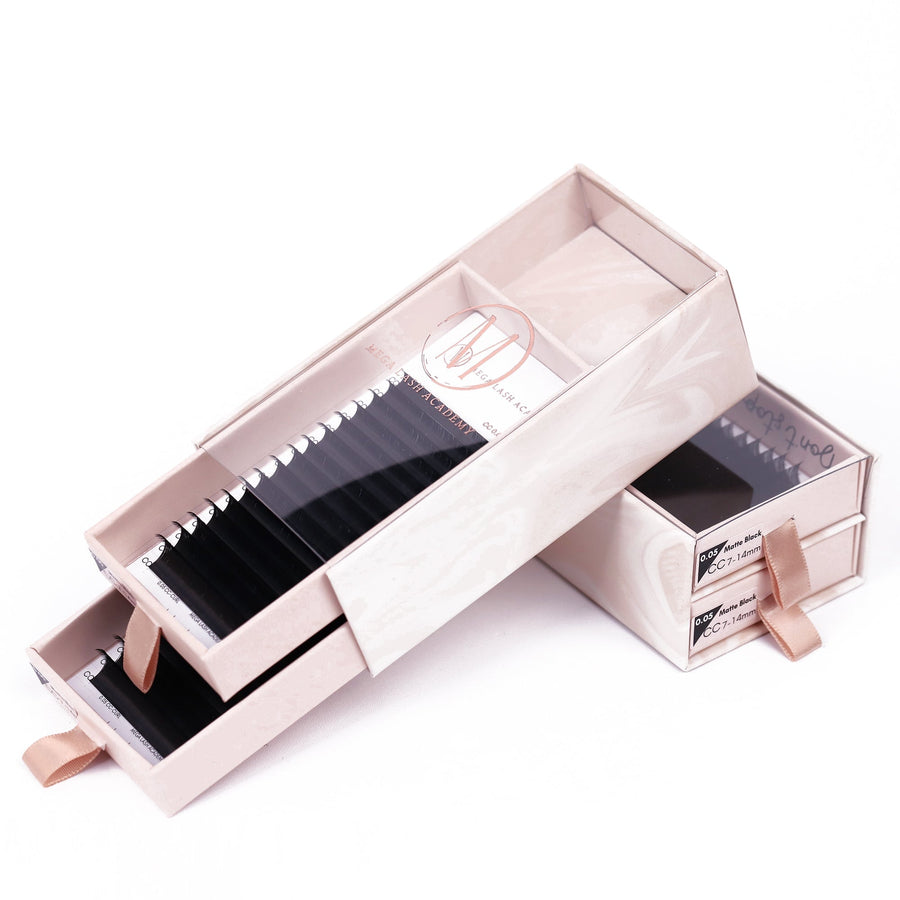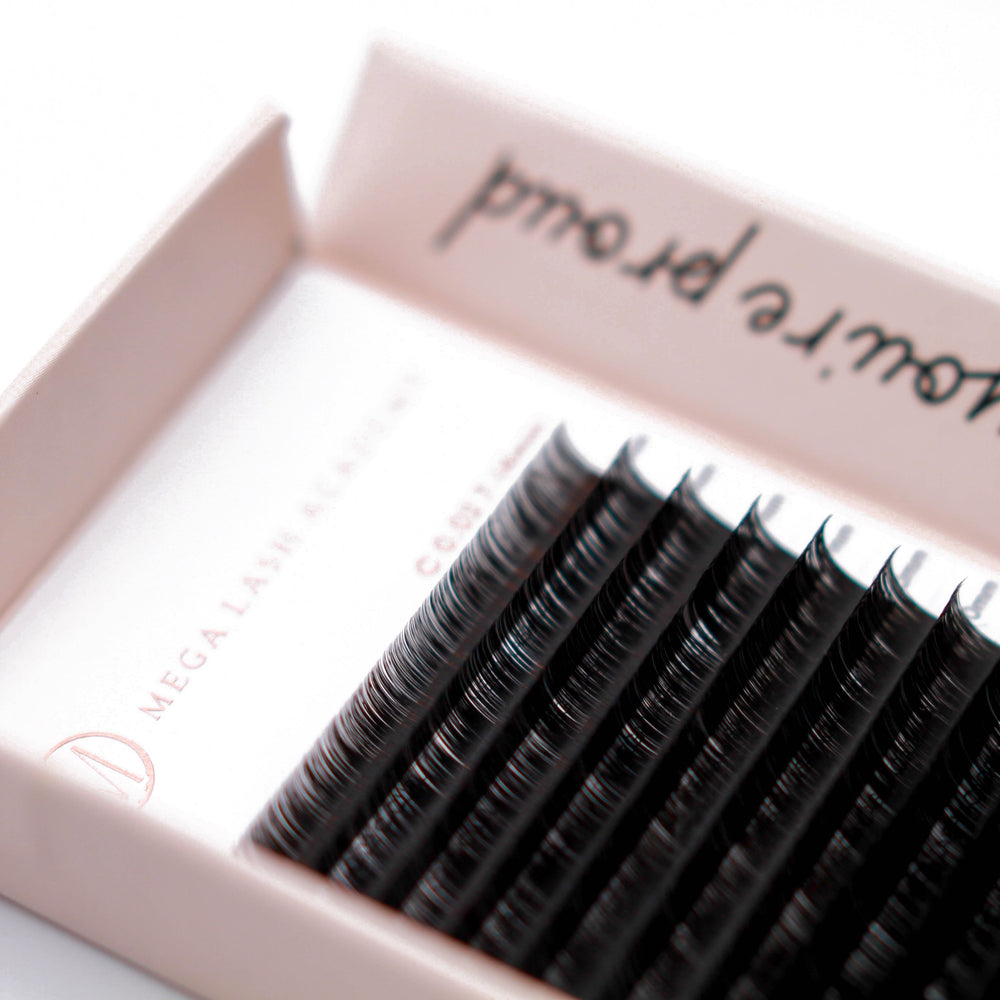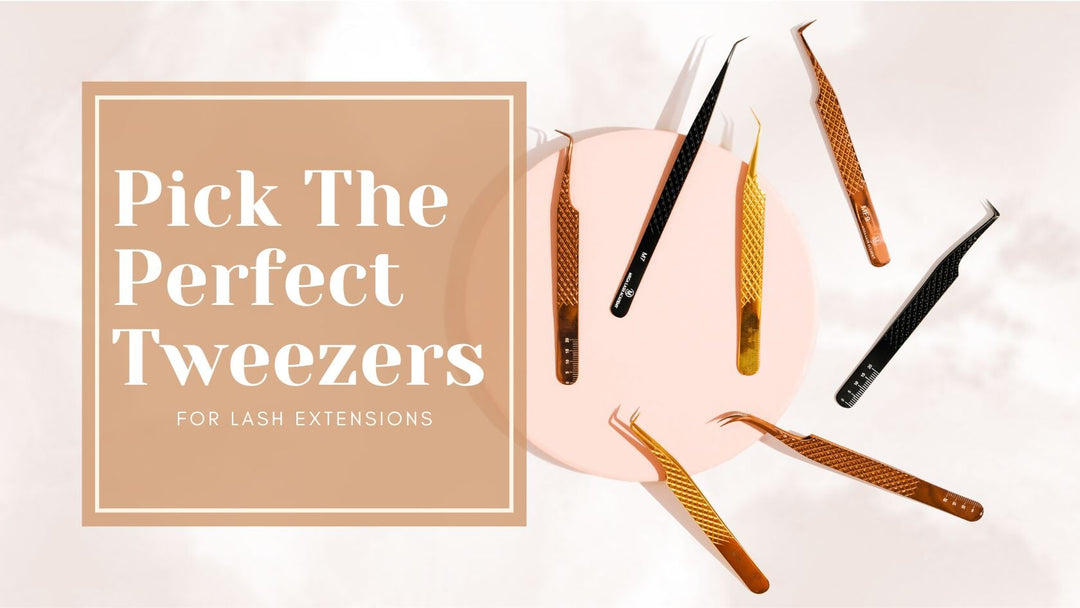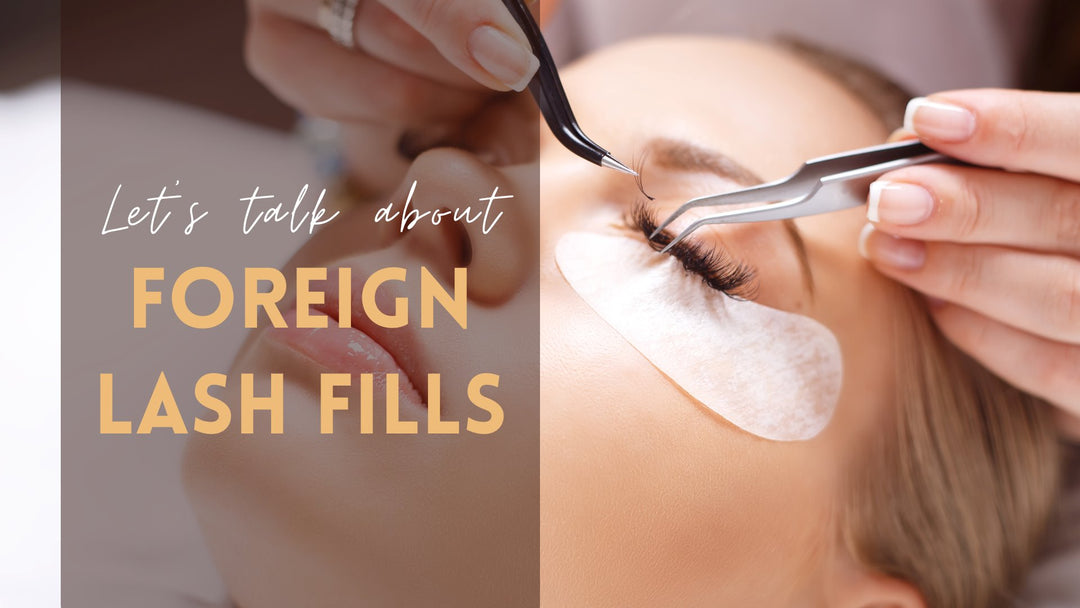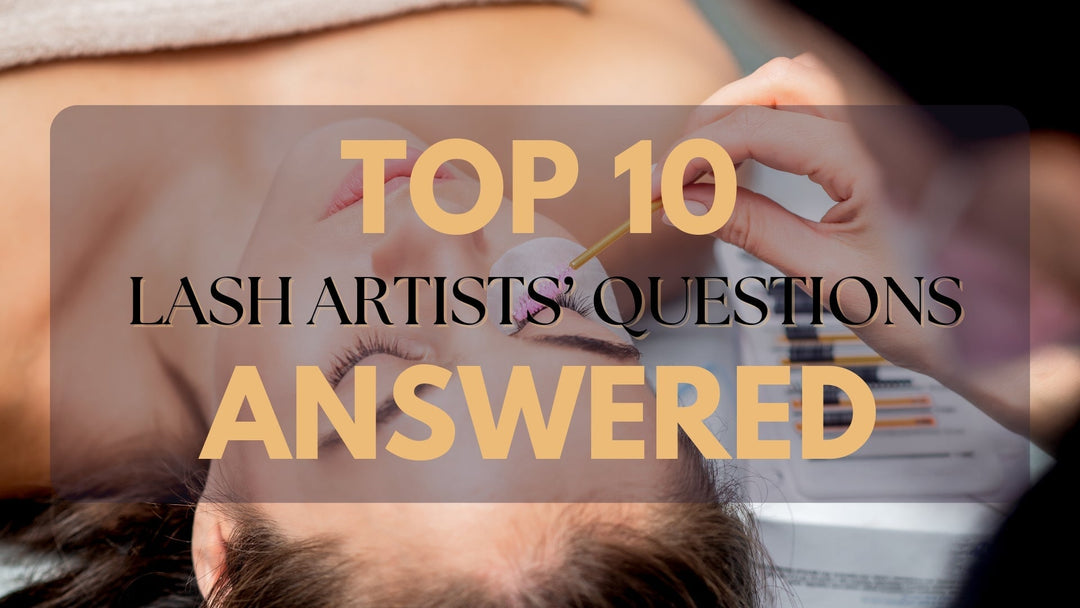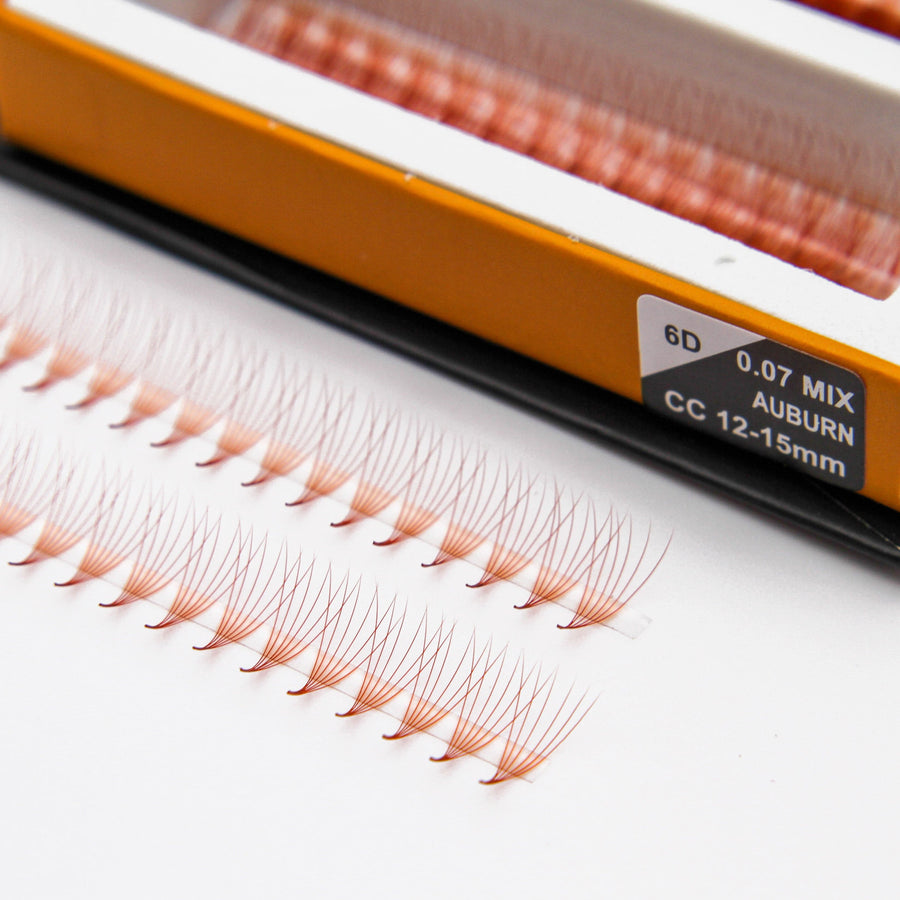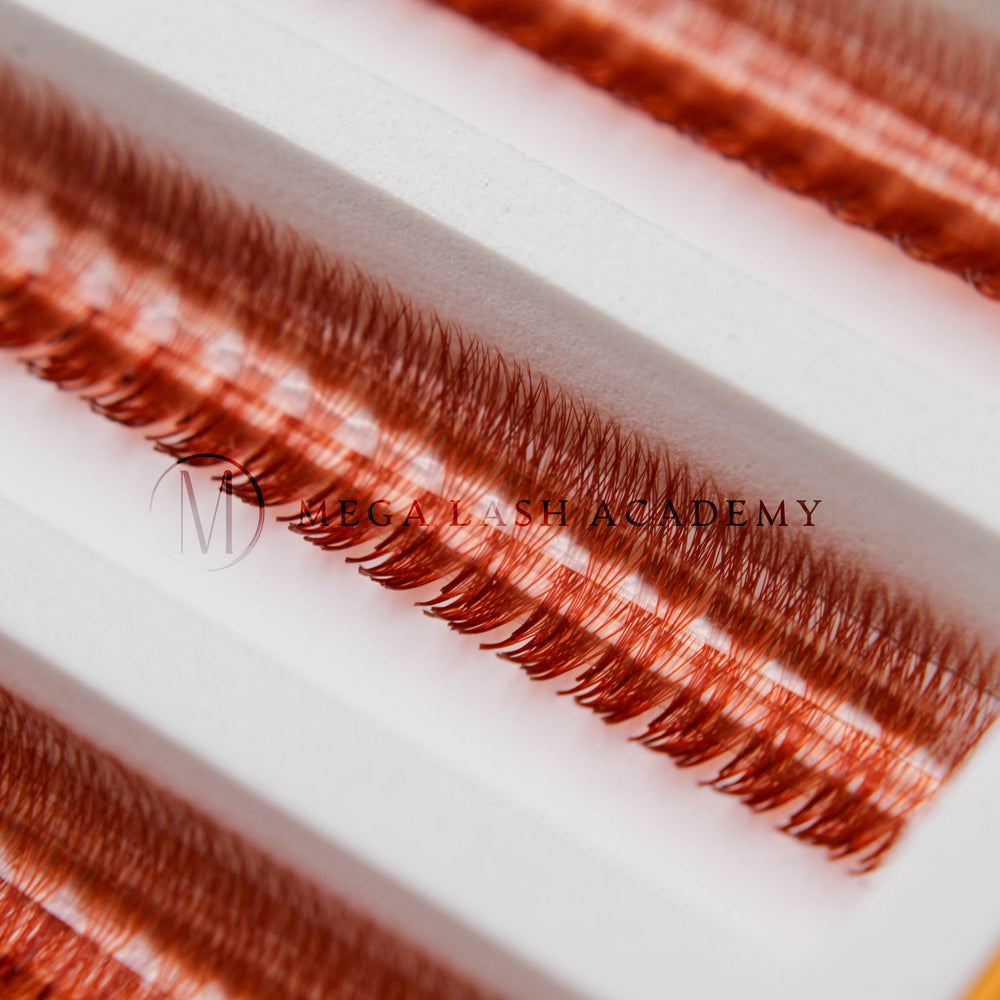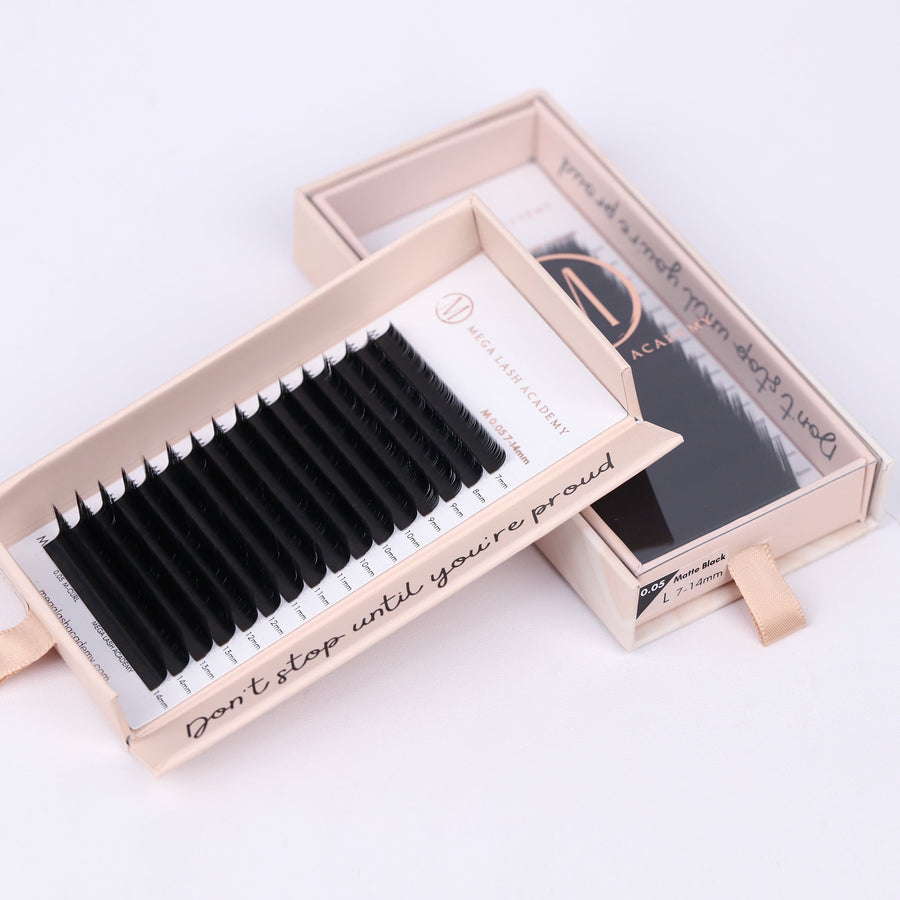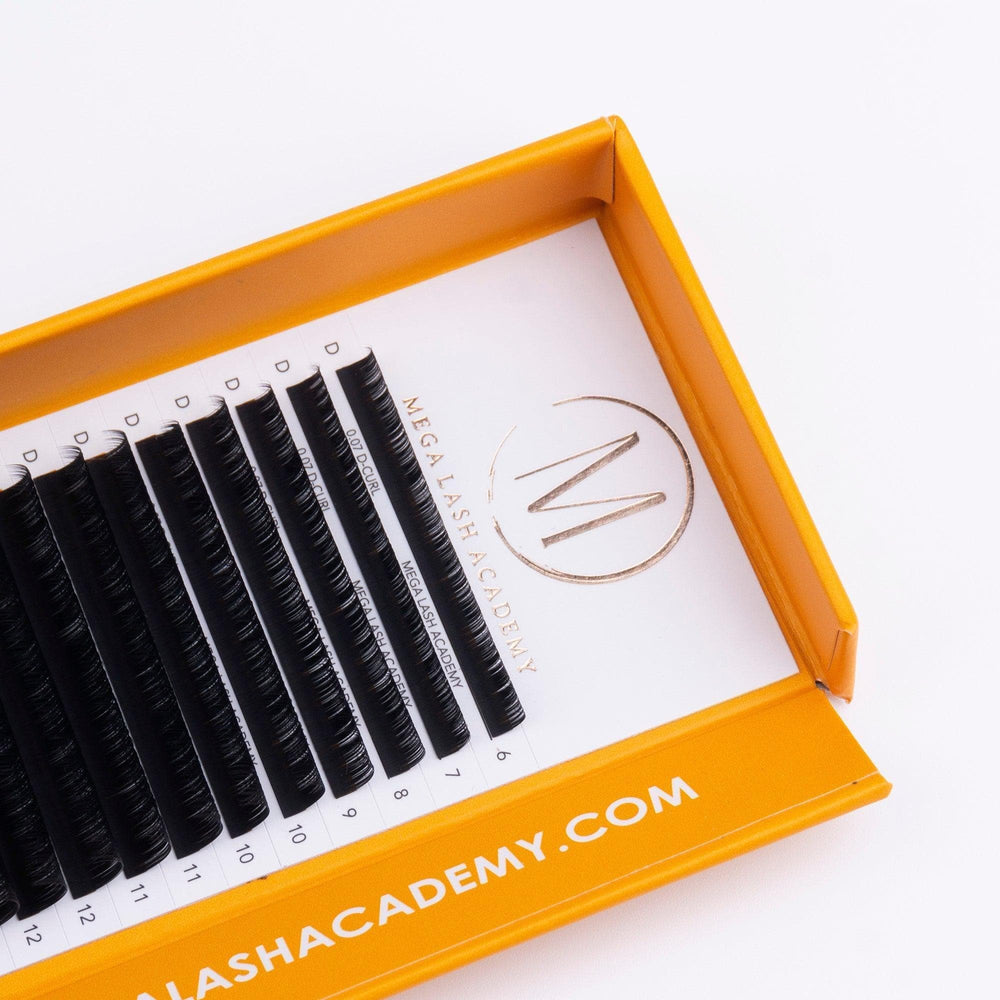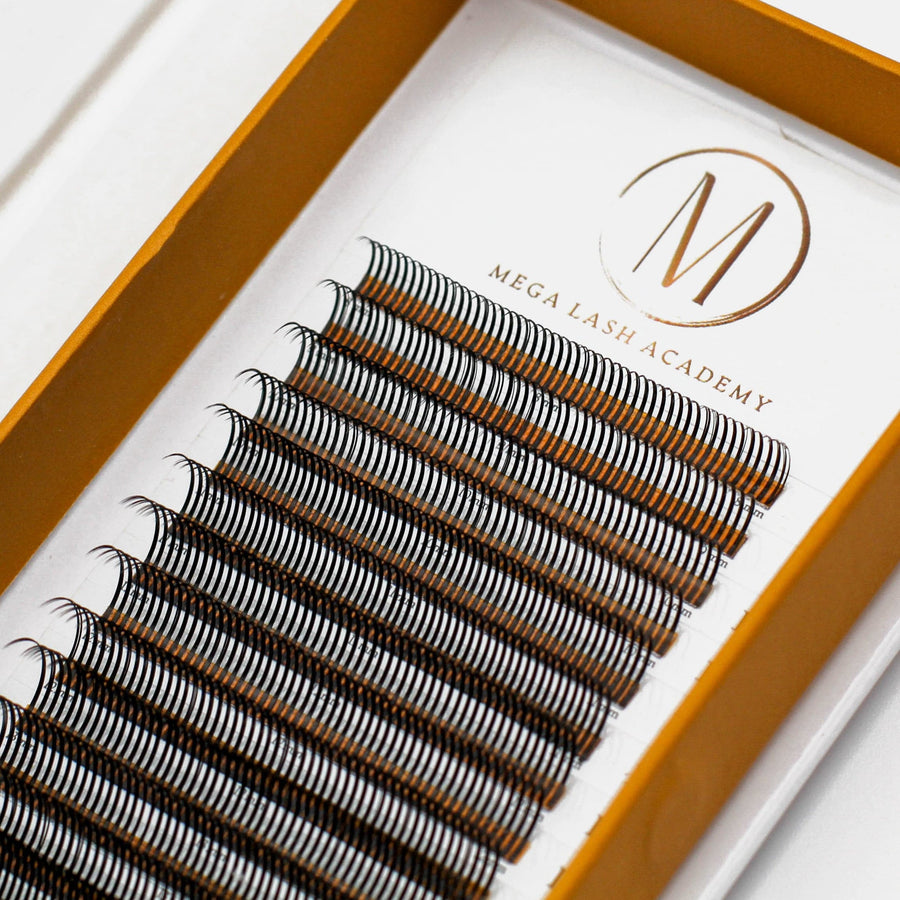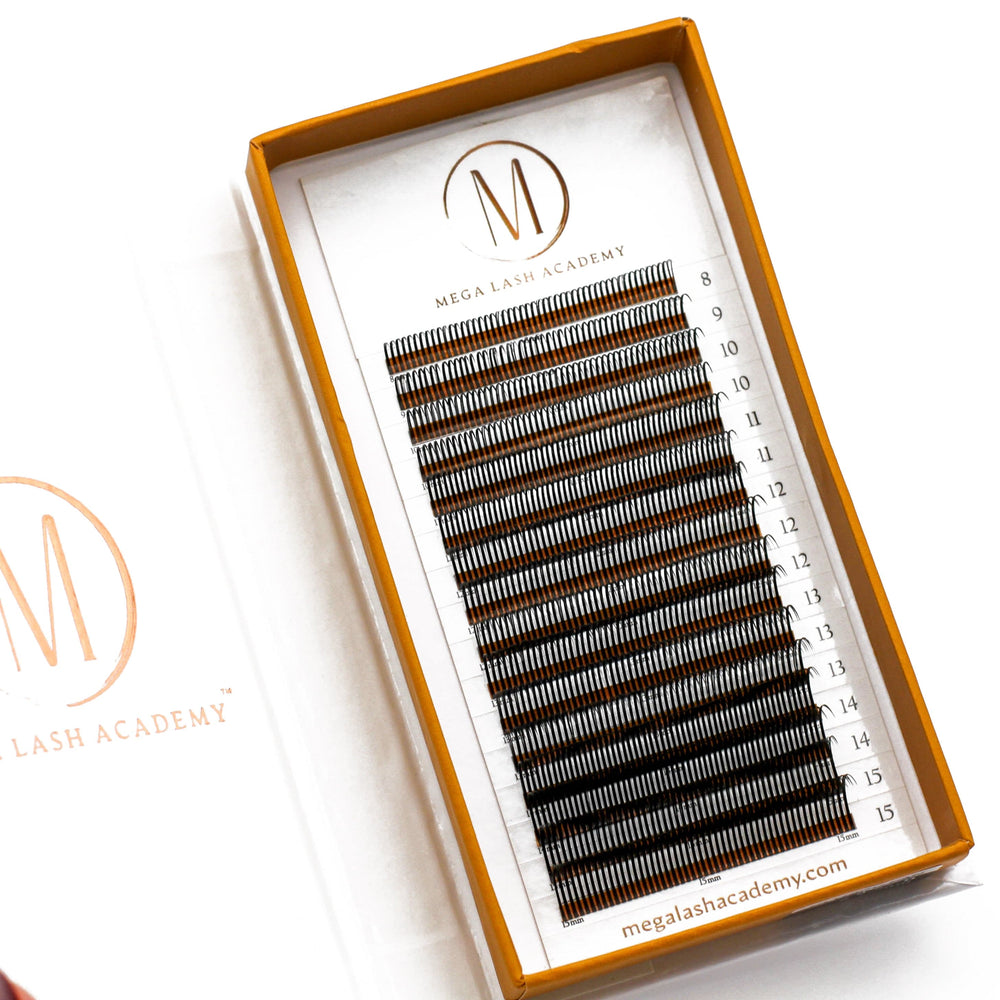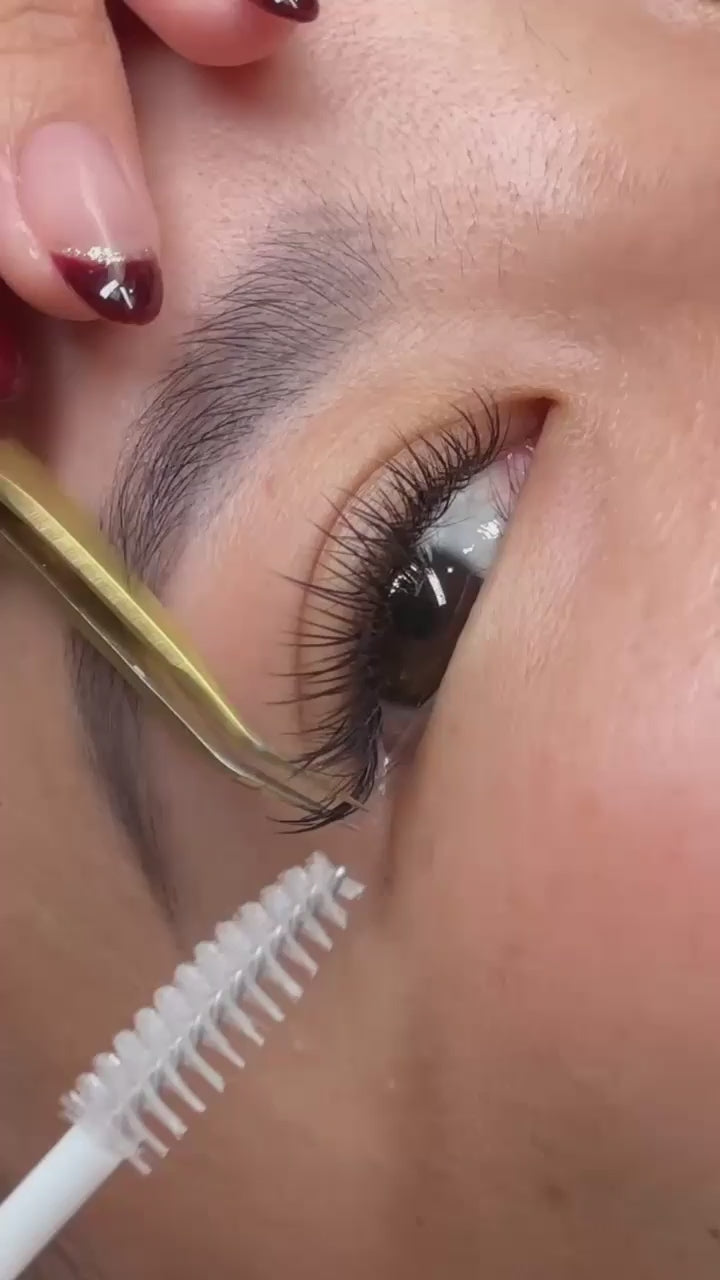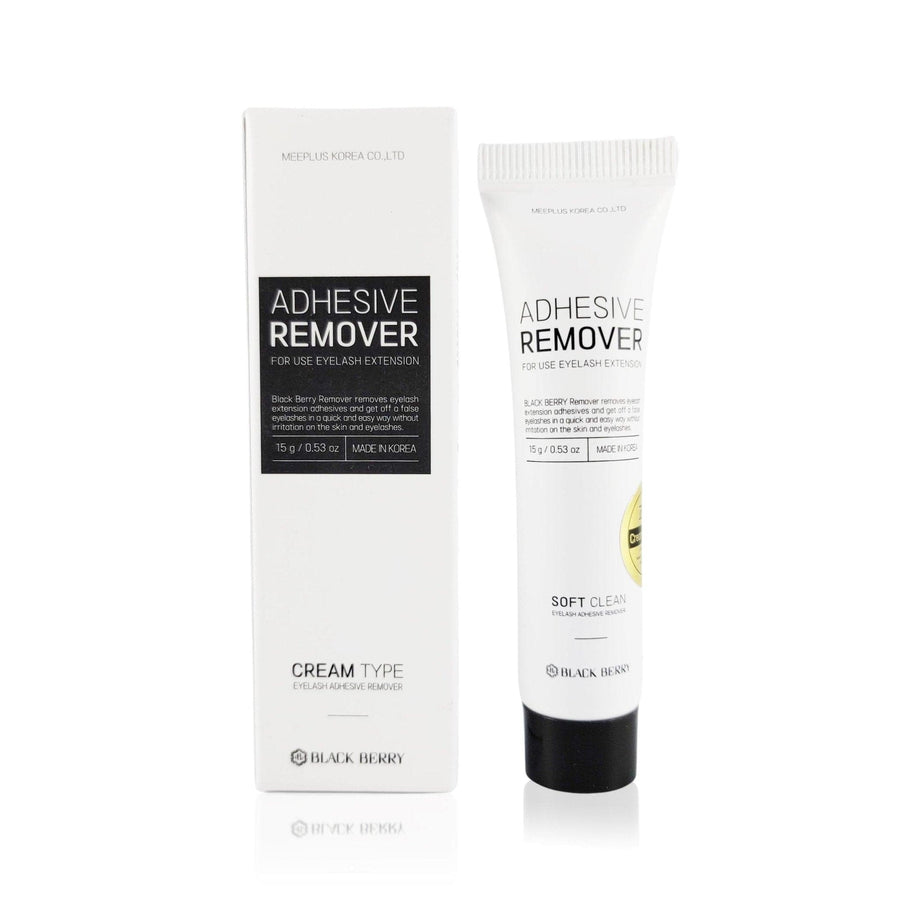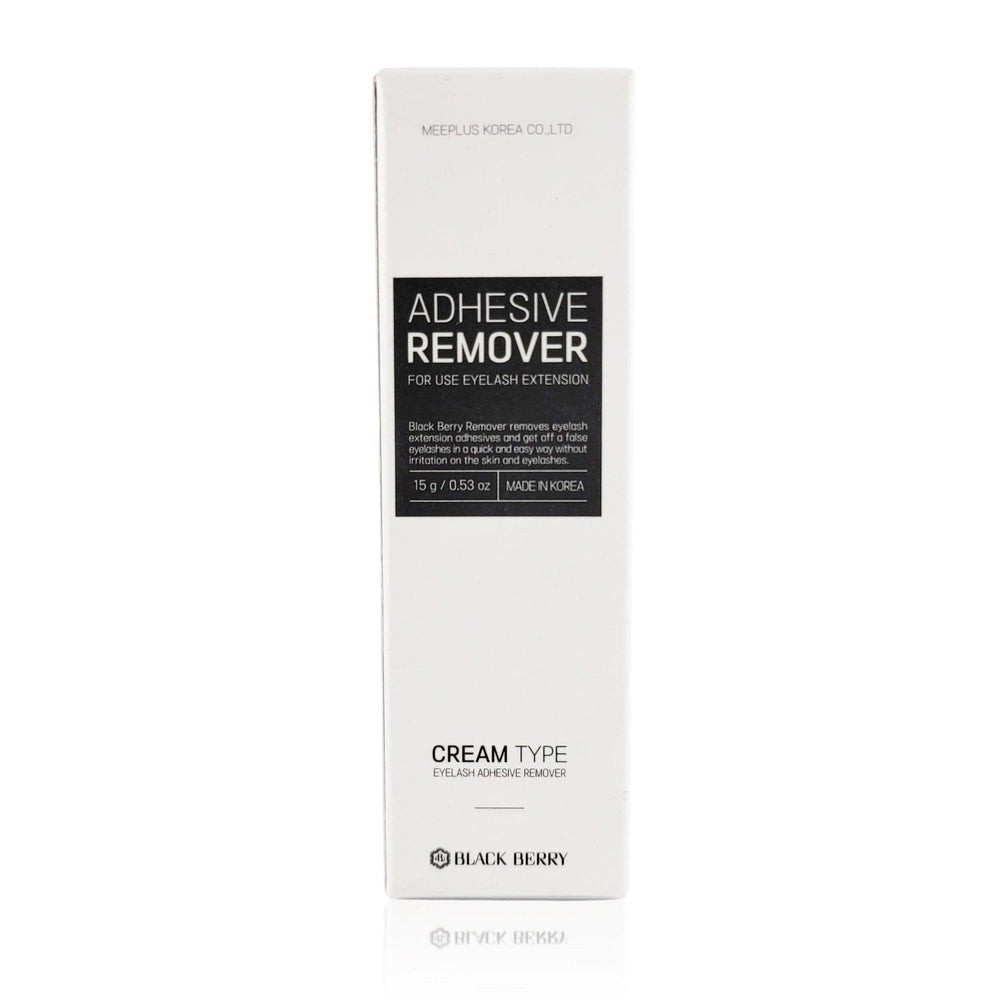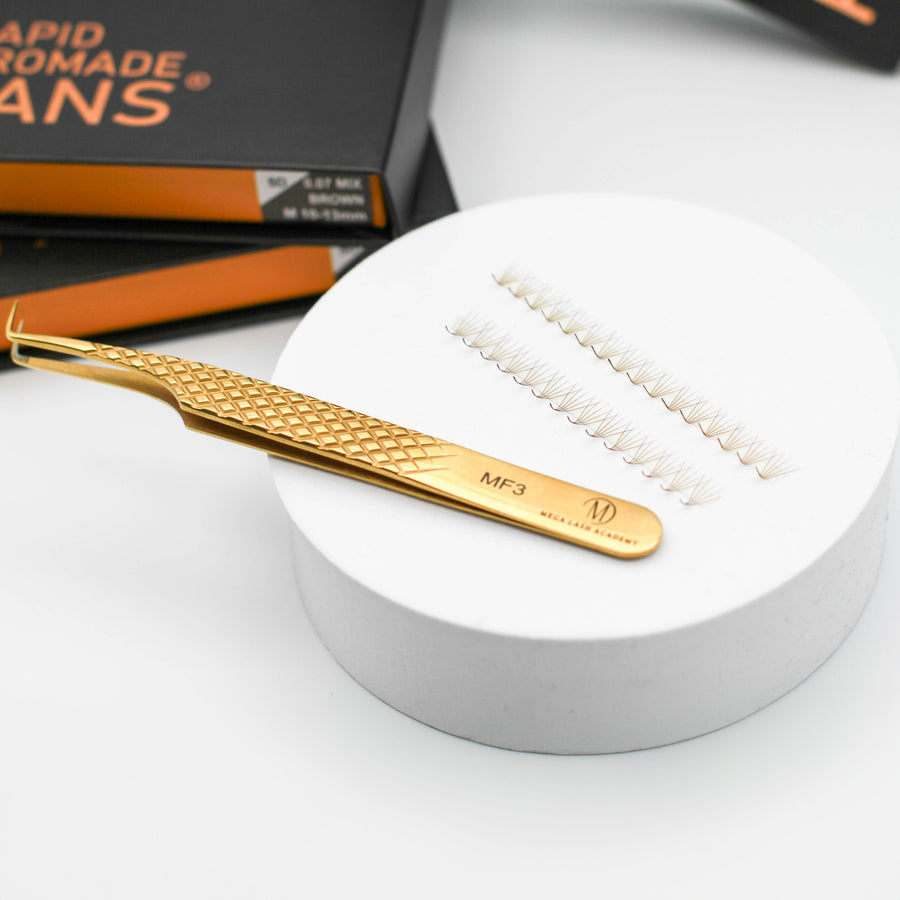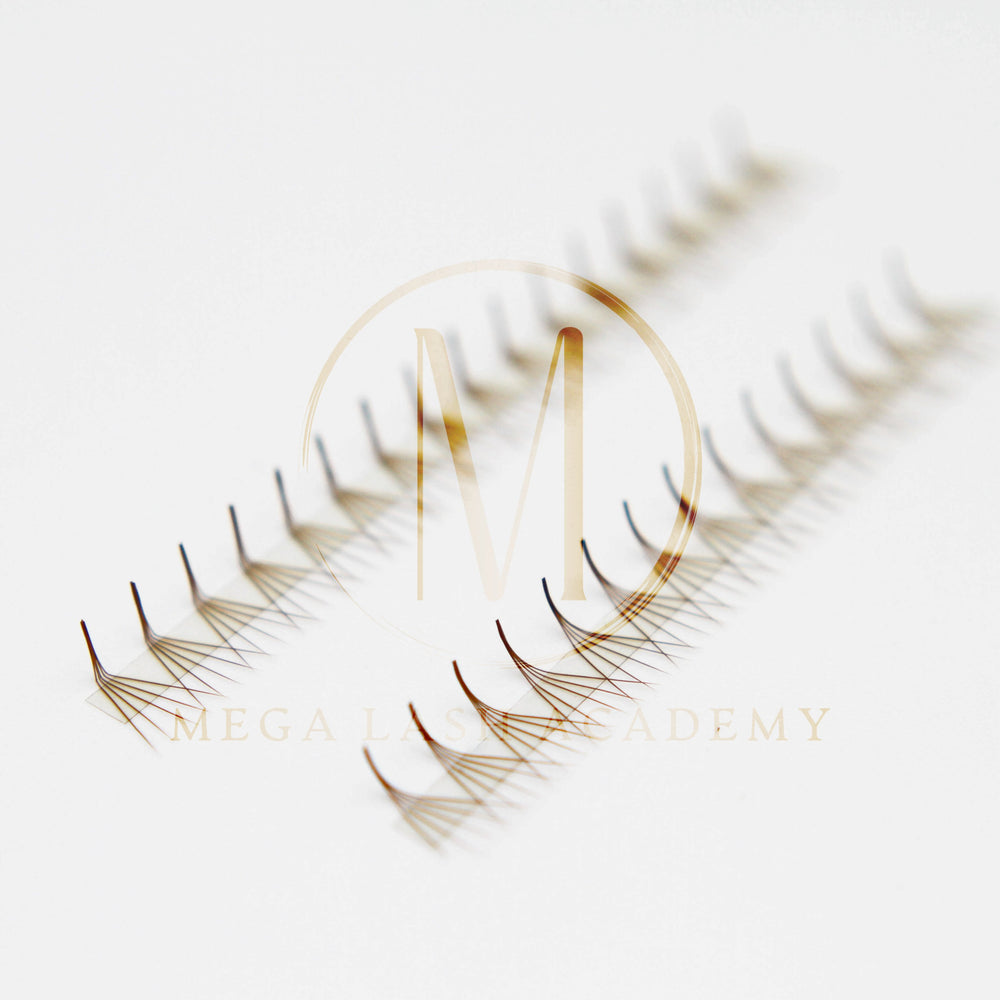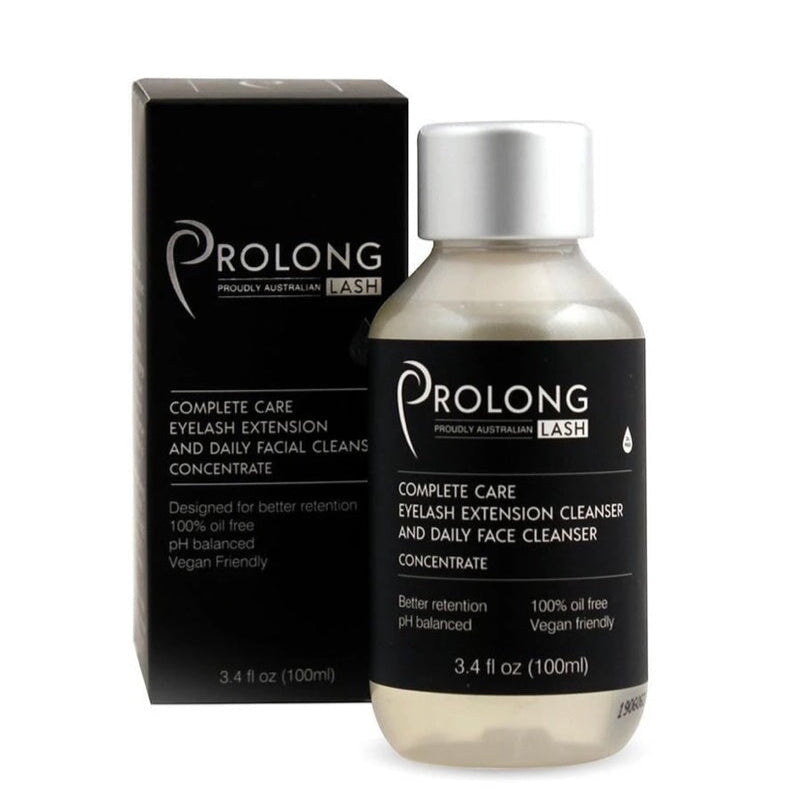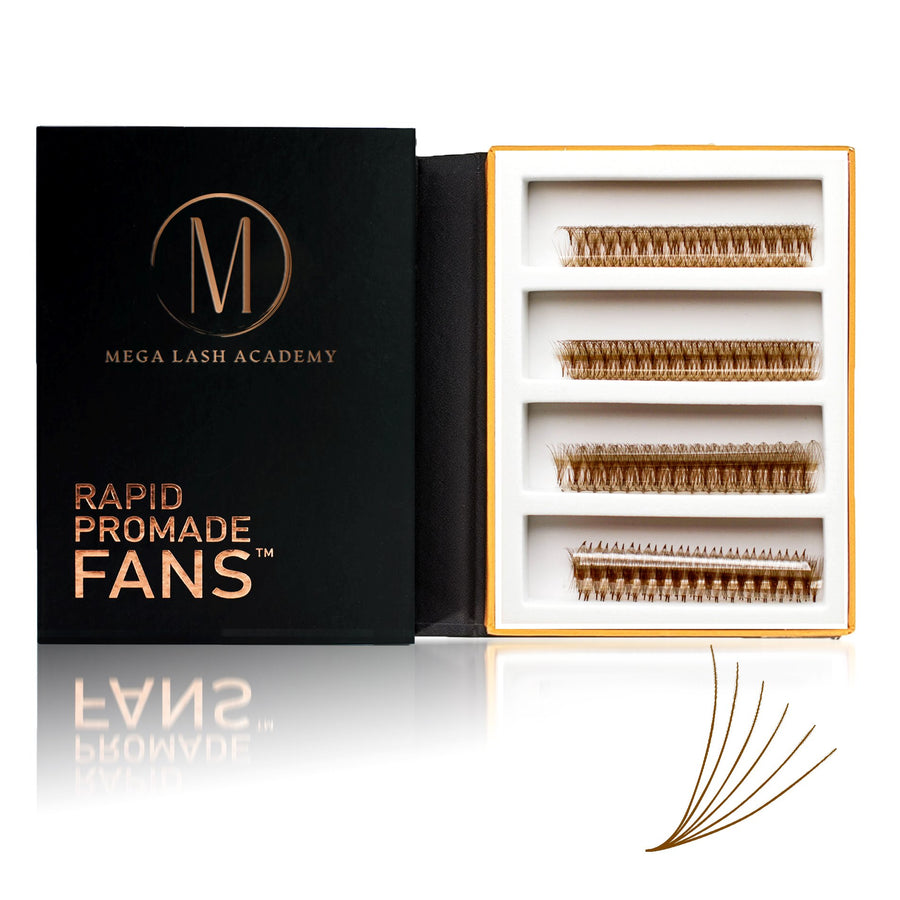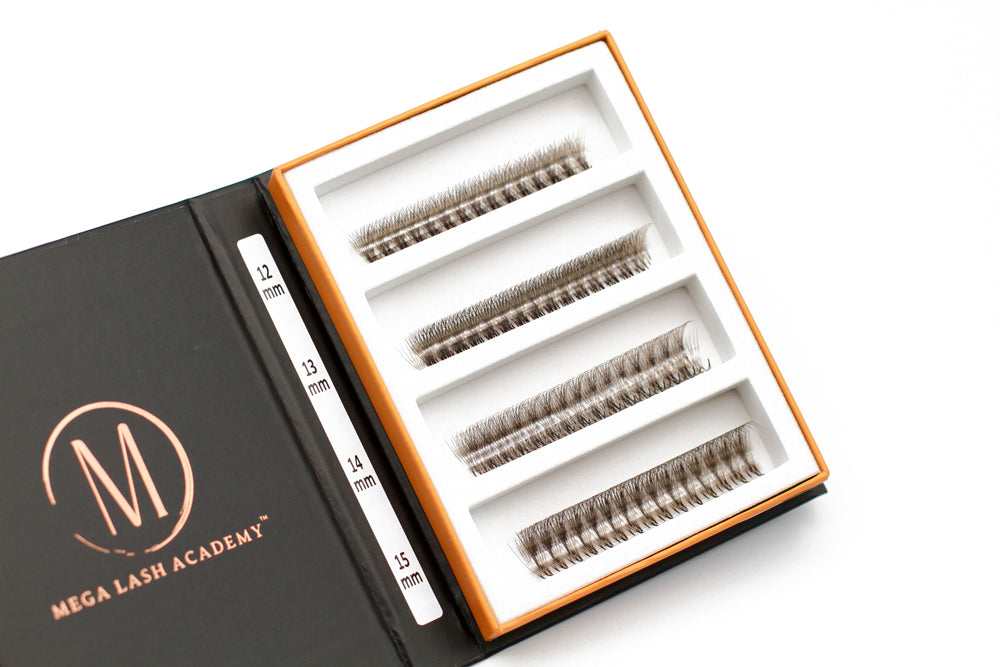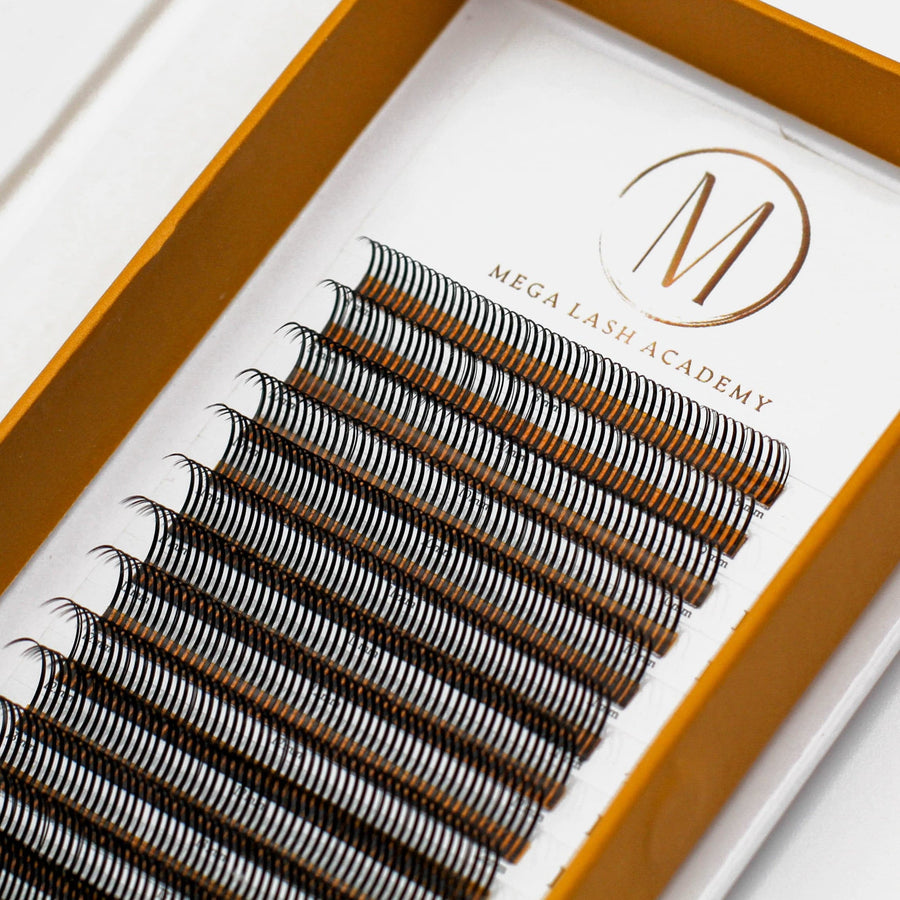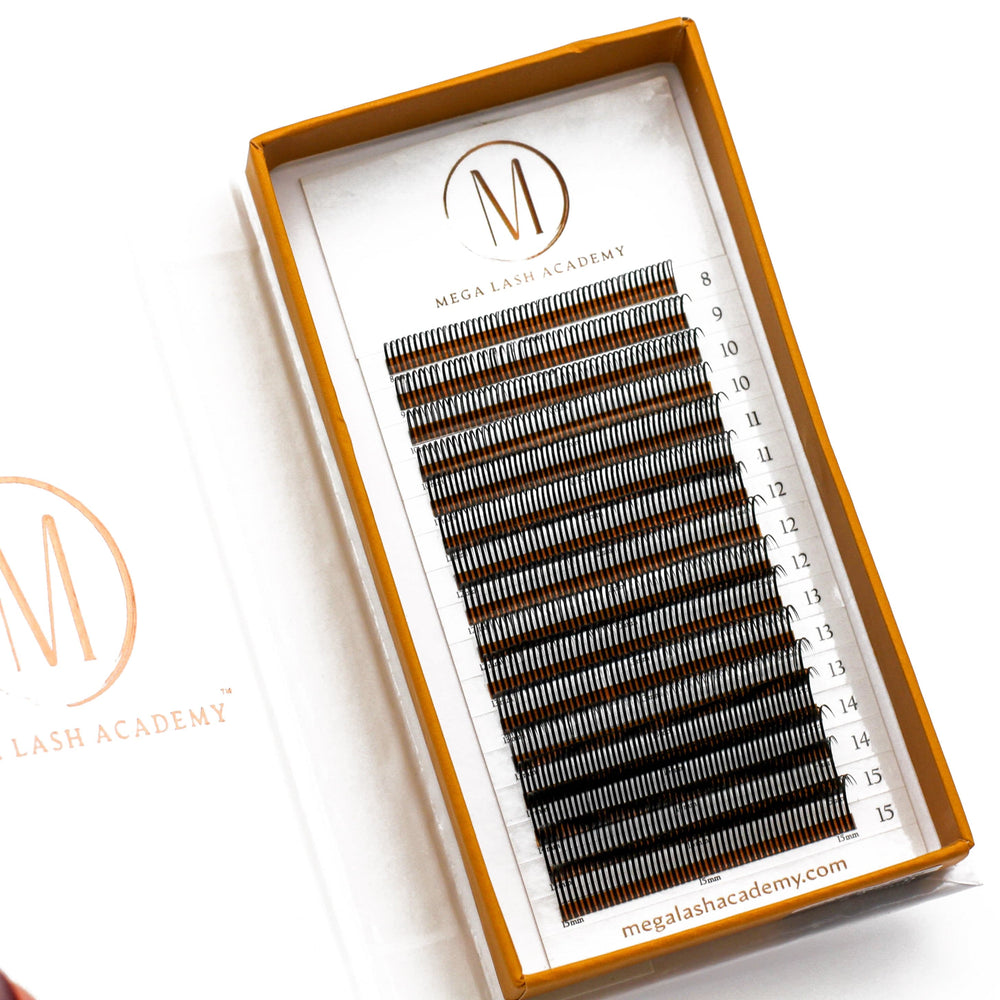How Recent U.S.-China Tariffs Could Reshape the Lash Industry and Our Daily Life
On April 11, 2025, the United States escalated its tariff conflict with China by increasing levies on Chinese goods to a staggering 145%, up from the previous 20%. China quickly retaliated, imposing matching 125% tariffs on American imports. While the headlines focus on economic and geopolitical maneuvering, this tit-for-tat war reaches deep into everyday life, especially in the beauty industry. For lash lovers, beauty entrepreneurs, and consumers, the consequences are real and growing.
Understanding the Latest Round of Tariffs
President Trump’s latest tariff hike marks the sharpest escalation yet in the U.S.-China trade war. The move targets nearly all Chinese exports to the United States, from electronics to textiles and beauty products. In response, China raised its own tariffs on U.S. goods to 125%, affecting American agriculture, machinery, and automotive exports. The measures have sent shockwaves through global stock markets and stoked fears of an impending recession.
The Beauty Industry Under Fire
The beauty sector—worth over $500 billion globally—depends heavily on China for manufacturing. Products such as lash extensions, lash adhesives, and application tools are predominantly sourced from Chinese suppliers. With import duties now exceeding 145% for many beauty-related items, the lash industry is facing a critical crossroads.
How the Lash Industry is Specifically Affected
Lash extension products are among the lesser-known casualties of the new tariffs. Synthetic lashes, tweezers, lash tapes, under eye pads and most of the tools used to apply them are now significantly more expensive to import. Industry insiders report that costs have already surged 20–40%, especially for professional-grade items. Importers must navigate not only increased costs but also new customs compliance procedures and delivery delays.
Price Hikes, Product Shortages and Consumer Behavior
For lash salons and independent artists, these tariffs translate into immediate pain. Basic inventory like tweezers, lash trays, and lash adhesive glue are subject to backorders and unpredictable shipping timelines. With margins already thin, many service providers have been forced to raise prices for clients. This inflationary pressure is making high-end lash services less accessible to the average consumer.
Independent lash studios, often run by women and minority entrepreneurs, are especially vulnerable. These businesses rely on affordable imported materials and cannot easily absorb the steep tariff-induced cost hikes.
As costs rise, consumer behavior is shifting. Lash extensions, once a staple of beauty routines, will become less frequent luxuries. In their place, budget-conscious consumers are turning to DIY kits and reusable lashes. Google search interest in “at-home lash extension kits” has seen a 60% increase since the tariff hike announcement.
Policy Uncertainty and Long-Term Planning
The unpredictability of trade policy is creating paralysis in planning for lash brands and salon owners alike. Few are willing to invest in new product development or long-term inventory contracts. Trade groups, including those in the beauty sector, are urging the government for clarity and potential exemptions from the new tariffs.
Global Trade Relations and the Lash Industry
To reduce reliance on Chinese goods, some lash brands are exploring production in Vietnam, South Korea, and India. However, establishing new supplier relationships takes time and investment. Countries like South Korea, with robust cosmetic manufacturing sectors, are becoming increasingly attractive alternatives—but prices there are higher, and supply chains less established.
Environmental and Ethical Considerations
The crisis is pushing some brands to adopt more ethical and eco-friendly sourcing. Cruelty-free and vegan lash options, once niche, are now gaining traction as brands re-evaluate their supply chains. U.S.-based lash producers are promoting sustainability as a competitive differentiator in an increasingly price-sensitive market.
Economic Implications Beyond Beauty
The lash industry is just one example of how granular the effects of tariff wars can be. Other sectors—from electronics to agriculture—are also experiencing increased prices, supply disruptions, and consumer uncertainty. Collectively, these impacts threaten to undermine economic growth and consumer confidence across the board.
Navigating the Future
For professionals in the lash space, diversification is key. Working with multiple suppliers, exploring U.S.-based options, and investing in client education on rising costs can help cushion the blow. For consumers, supporting local studios and seeking out reusable or domestic lash products are meaningful steps.
The latest round of U.S.-China tariffs may seem like high-level geopolitics, but they’re reshaping industries at the grassroots level—none more visibly than the lash industry. From rising costs and disappearing imports to innovation and adaptation, this is a pivotal moment. One thing is clear: the beauty industry, like global trade itself, is undergoing a transformation that will define the decade ahead.
1. Will lash extensions become more expensive due to tariffs?
Yes. Due to the 145% U.S. tariff on Chinese imports, most lash-related products are now significantly more costly, and these expenses are being passed on to consumers.
2. Are there U.S.-made alternatives to Chinese lash products?
Currently, there are virtually no large-scale U.S.-made lash extension products. Nearly all lash items, including adhesives and tools are imported, primarily from China. Some alternatives are being explored in countries like South Korea, Vietnam and Indonesia.
3. How can lash artists reduce the impact of rising costs?
By buying in bulk, sourcing from alternative countries, and offering loyalty programs to retain clients despite price increases.
4. Will tariffs affect DIY lash products sold online?
Absolutely. Online retailers importing kits from China are now also subject to higher duties, making many kits pricier or less available.
5. Could this lead to a permanent change in the lash industry?
Yes. The tariff-driven disruption may accelerate a broader move toward domestic innovation, sustainability, and diversified sourcing.




